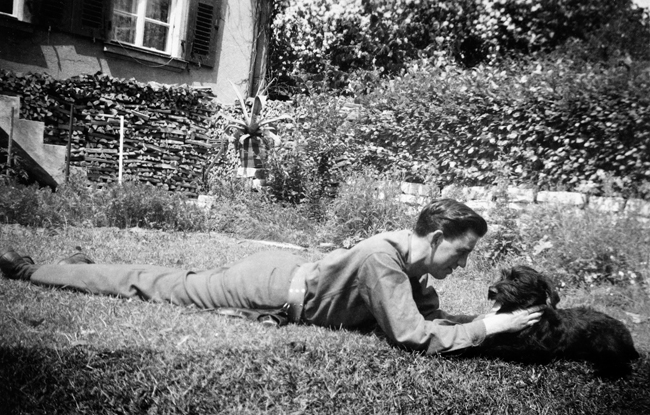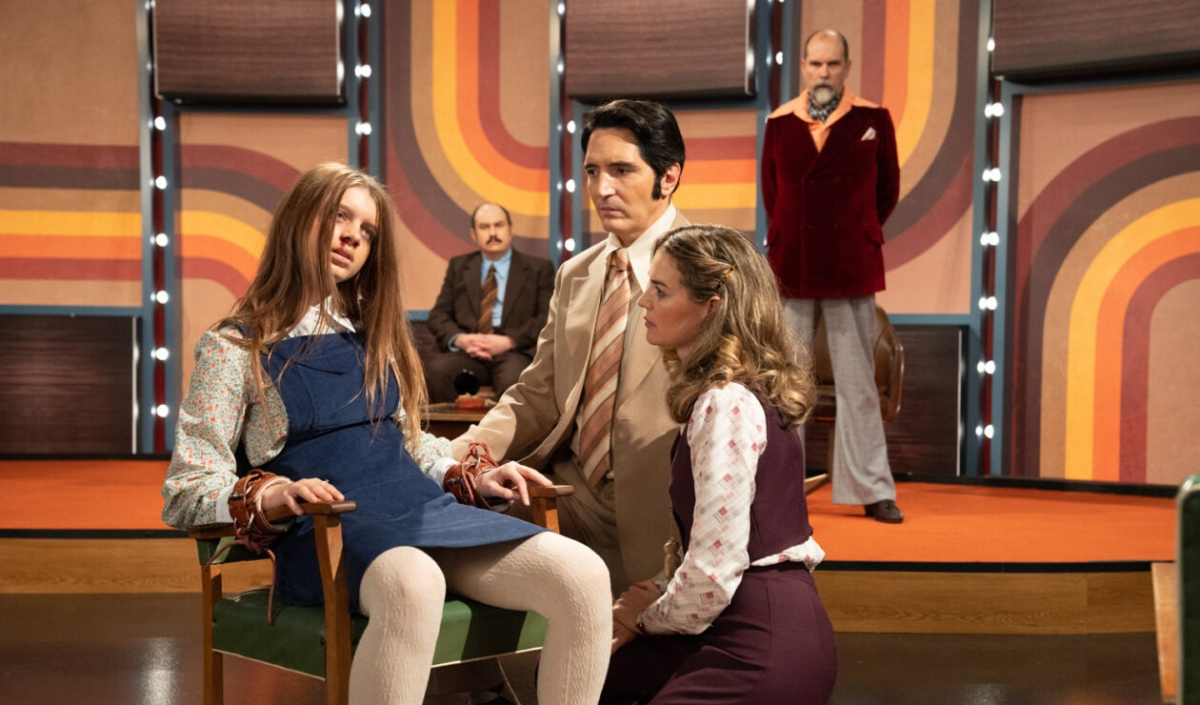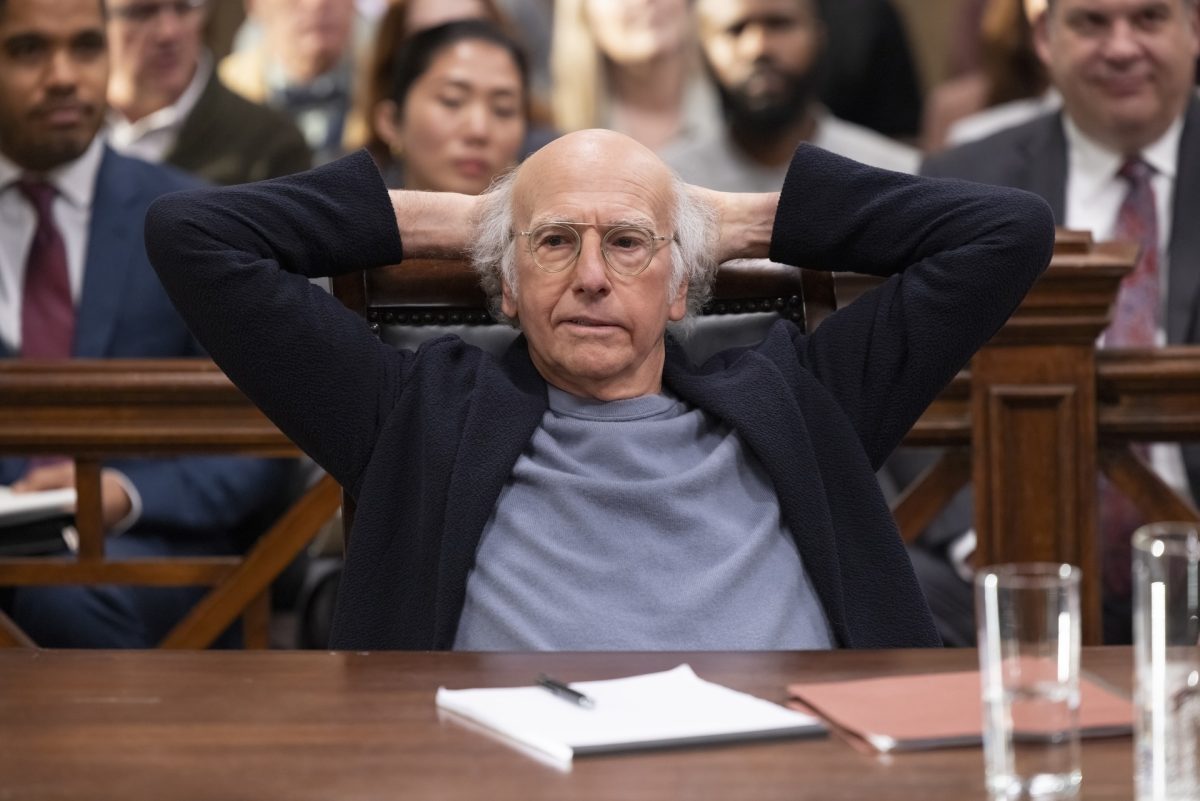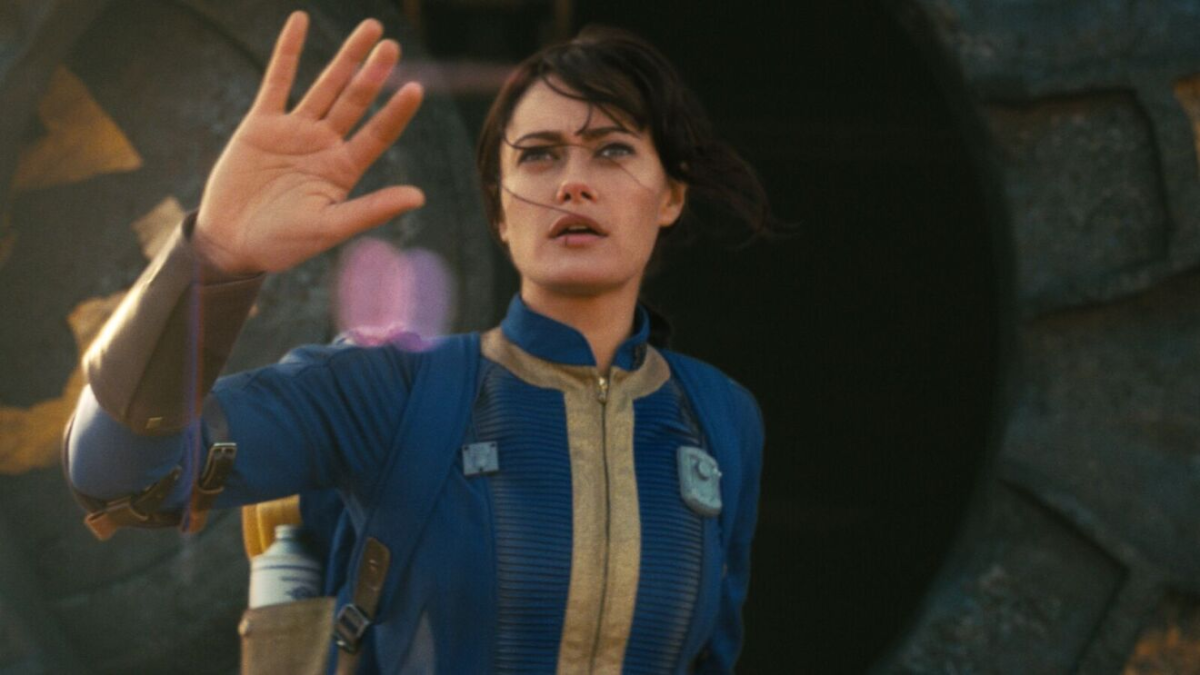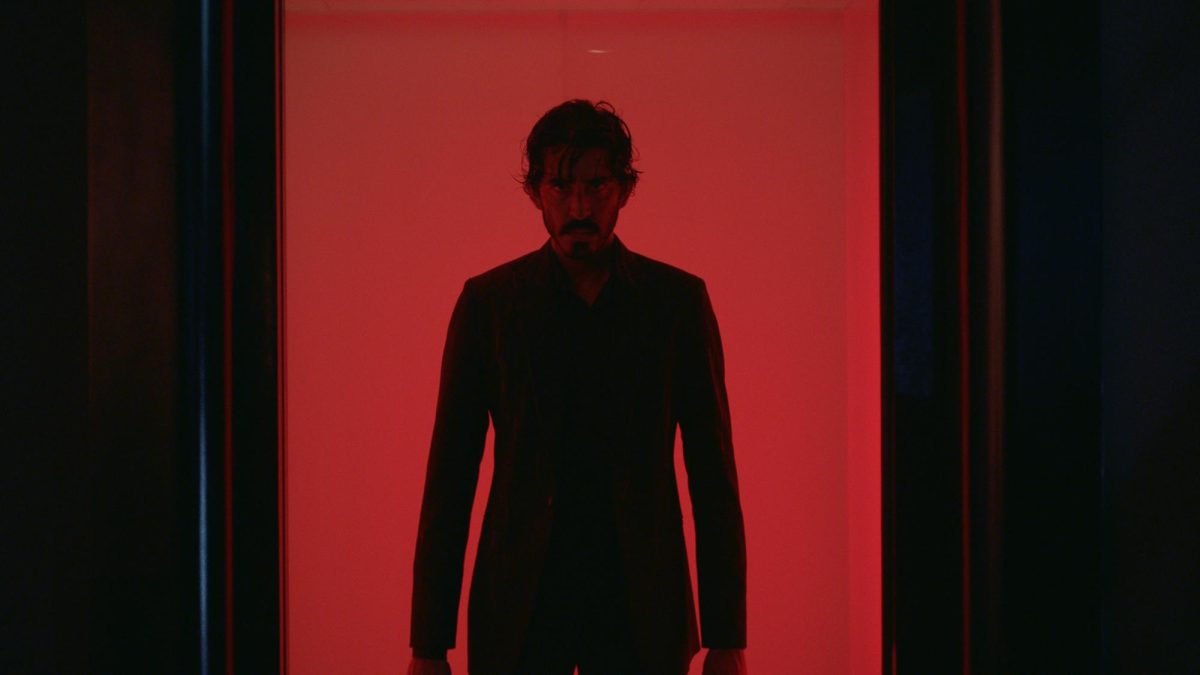J.D. Salinger never gave Hollywood a second chance.
The author of “The Catcher in the Rye” only consented to one film adaptation of his work. It was “My Foolish Heart”, released in 1949 and adapted from Salinger’s short story “Uncle Wiggily goes to Connecticut.” Salinger’s hatred of the film is the reason “The Catcher in the Rye” was never officially adapted into film. Despite the likes of Billy Wilder and Elia Kazan begging the writer for his blessing, Salinger never relented.
It’s interesting that the movie goes into such detail on this subject given that the director of “Salinger,” Shane Salerno, is primarily a writer of Hollywood popcorn movies — including Michael Bay’s “Armageddon” — and that a number of the film’s interviewees are notable Hollywood actors. Salerno’s filmography helps shed light on why “Salinger” so often feels the need to interrupt an already captivating story with the overproduced bravado of a summer blockbuster.
The movie begins with a news photographer reenacting a stakeout he undertook in 1979. The photographer waits outside the building where the author is rumored to pick up his mail and, after three days, manages to take a few shots of Salinger. The film devotes the majority of its two-hour runtime to Salinger’s famous seclusiveness, but the pounding score by Lorne Balfe, whose credits include the “Assassin’s Creed” games, during these opening moments feels more appropriate for “Mission: Impossible” than for a biographical documentary. Thankfully, this overselling of suspense is not present throughout, although the tempo does increase whenever Salerno returns to the over-hyped “great mystery of the 20th century.”
The heavy focus on conspiracy is regrettable, as “Salinger” works best as a visual biography. The film covers most of his life, with great attention paid to his experiences in World War II and how the scarring from battle would go on to inspire the voice of cynicism in his writing. The “reveals” in this part of the movie, specifically unseen footage of Salinger in post-war Paris and a photograph of him writing, work because they feel like natural progressions in the story of the man’s life, rather than over-hyped revelations that will shock the world.
Over 150 subjects were interviewed for “Salinger,” and, while there are some familiar faces (Martin Sheen was a delightful surprise), Salerno focuses primarily on those who had personal connections to the author. The parts of the film that explore Salinger’s romantic life, mostly through interviews with his ex-wives, former lovers, children and friends, are where the movie succeeds the most. The film does not condemn Salinger for his habit of romancing younger, sometimes even teenaged, women or for his absence from the lives of his children, but it does suggests that Salinger was entitled to his sensibilities on merit of having written an American classic.
“Salinger” tries in vain to add bombast to an already exhilarating story of one of the most beloved and complicated writers of the past century. Although the big reveal at the end of the film does deliver some never-before-released information on if and when the future will see the publication of new Salinger works, the overwrought build to this climax makes the entire thing seem rather obvious. The biographical sections and the explorations of what made Salinger remove himself from the publishing world are fascinating, but they are too interwoven with speculations of whether or not the world will ever hear from Holden Caulfield again. Then again, perhaps the irony of the co-writer of “Armageddon” and of the upcoming “Avatar” sequel making a documentary about an artist who wholeheartedly rejected the world of Hollywood was lost on the people behind this movie.



